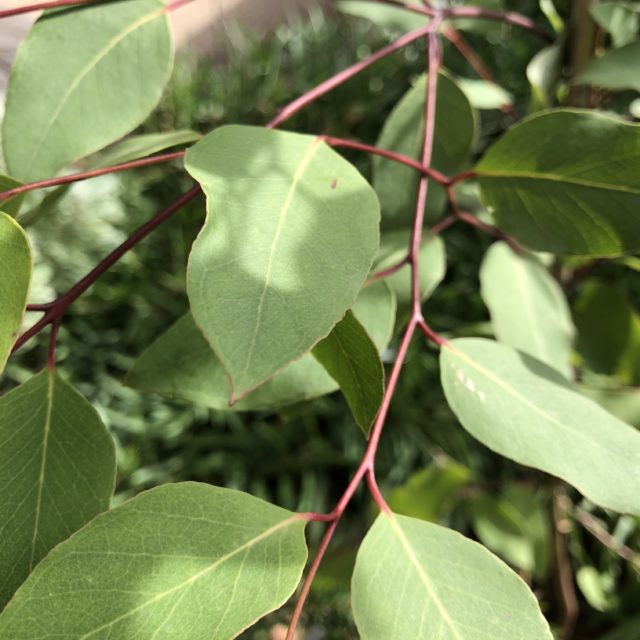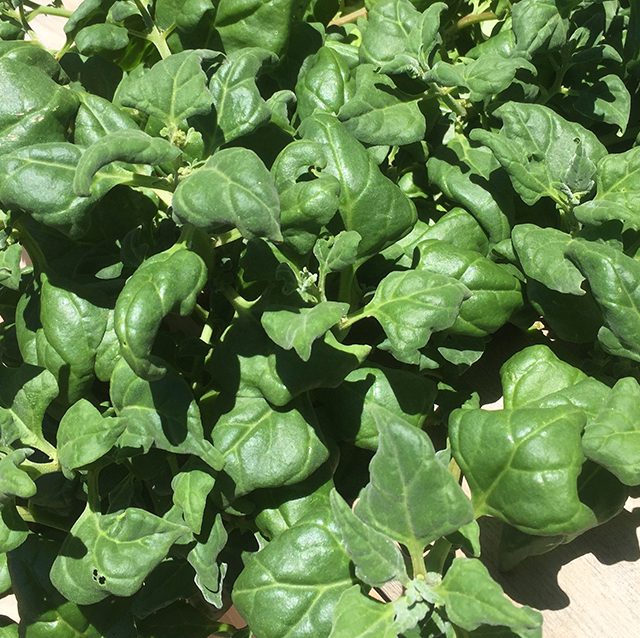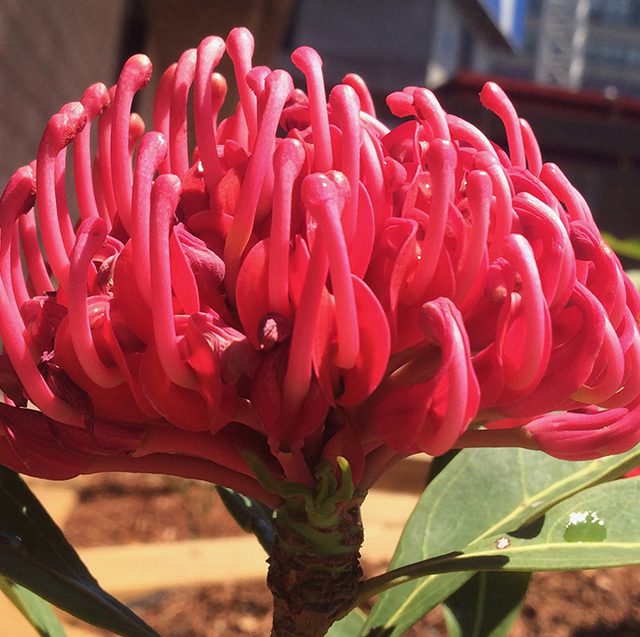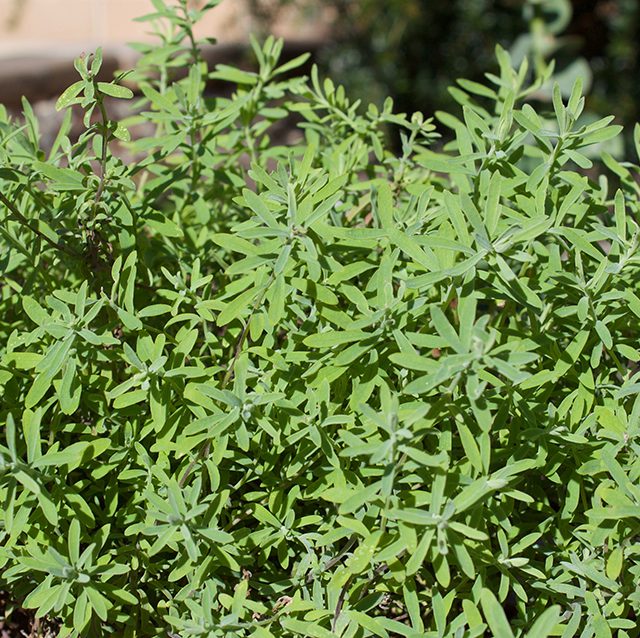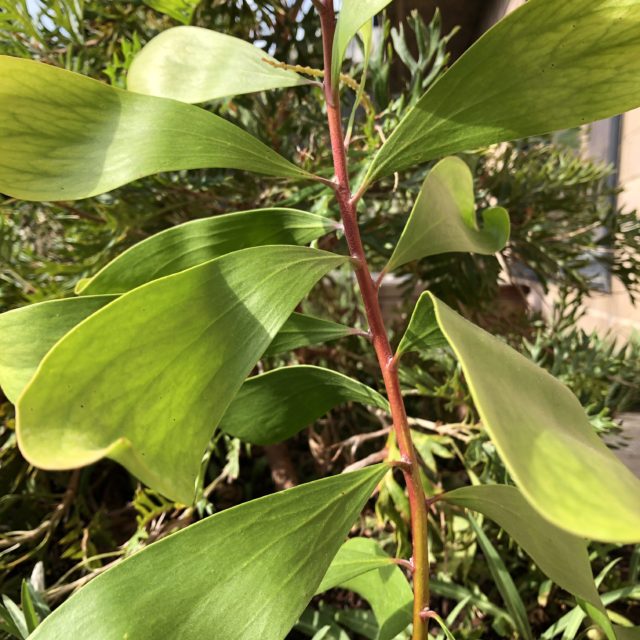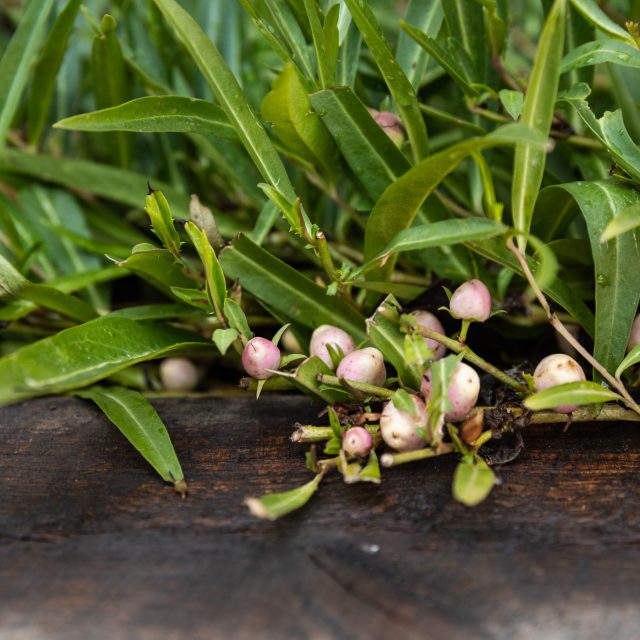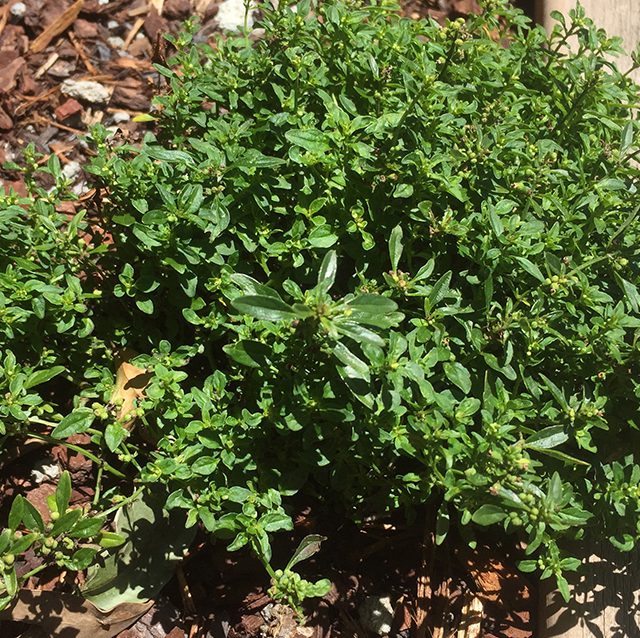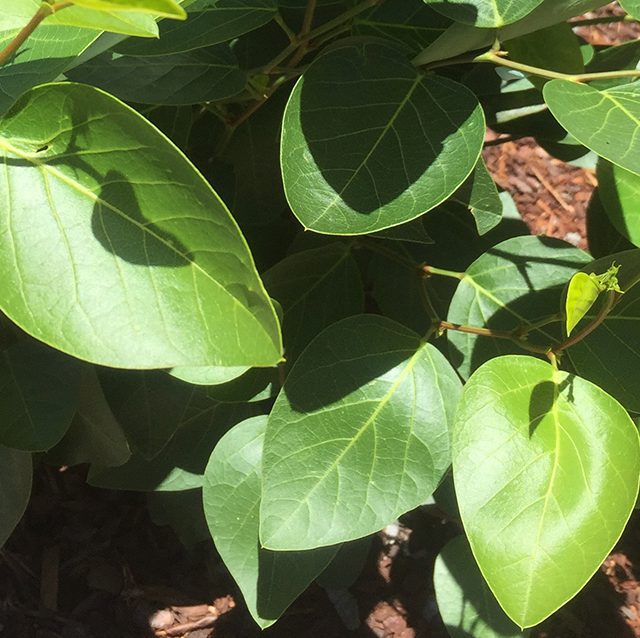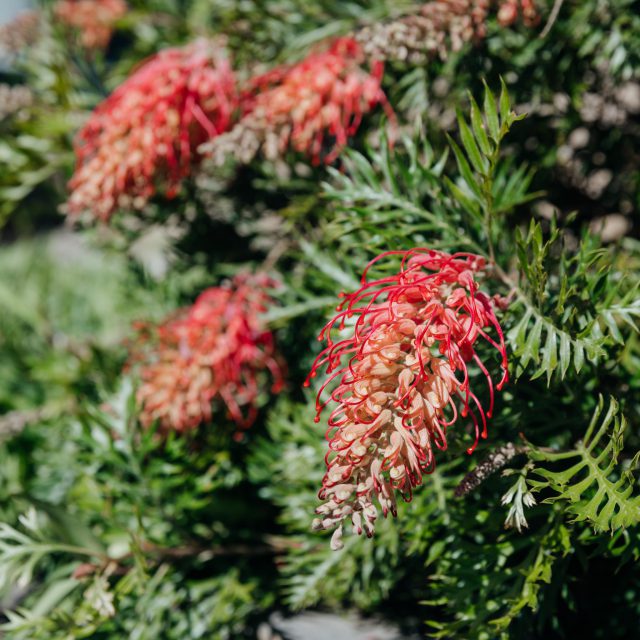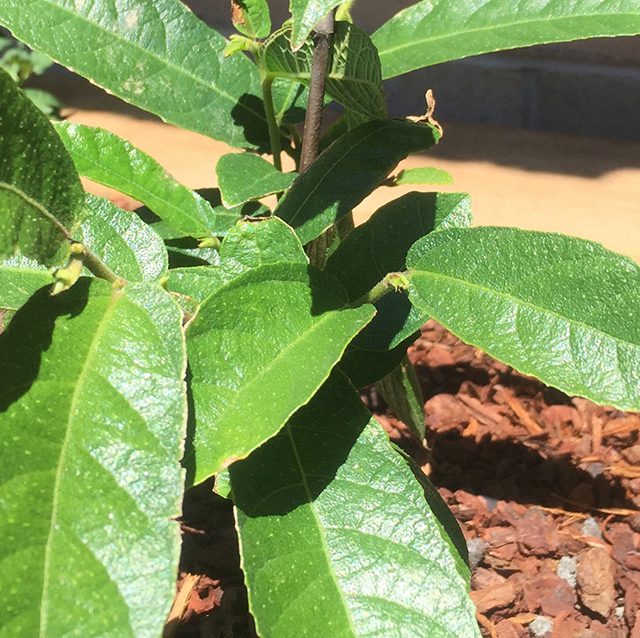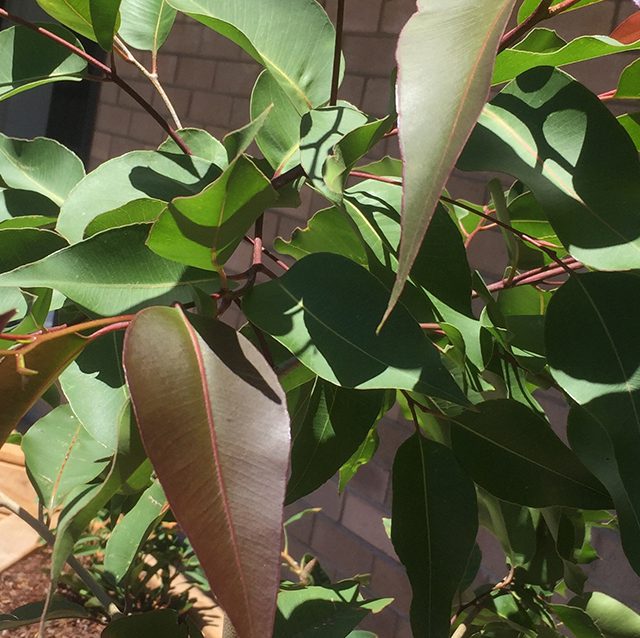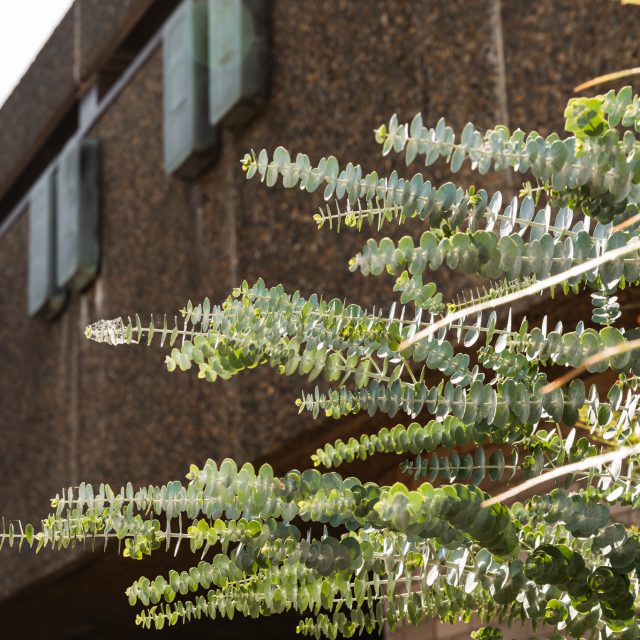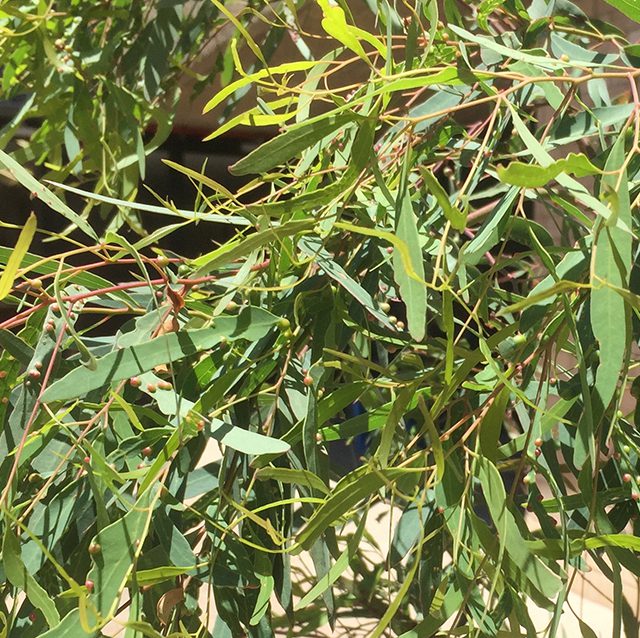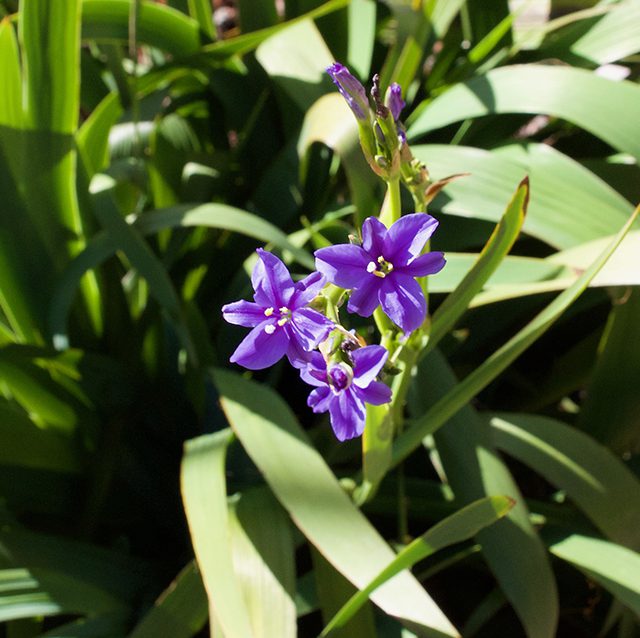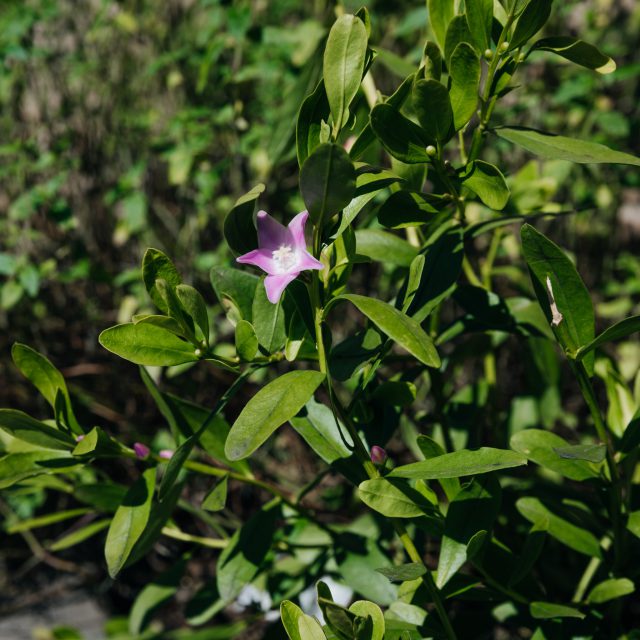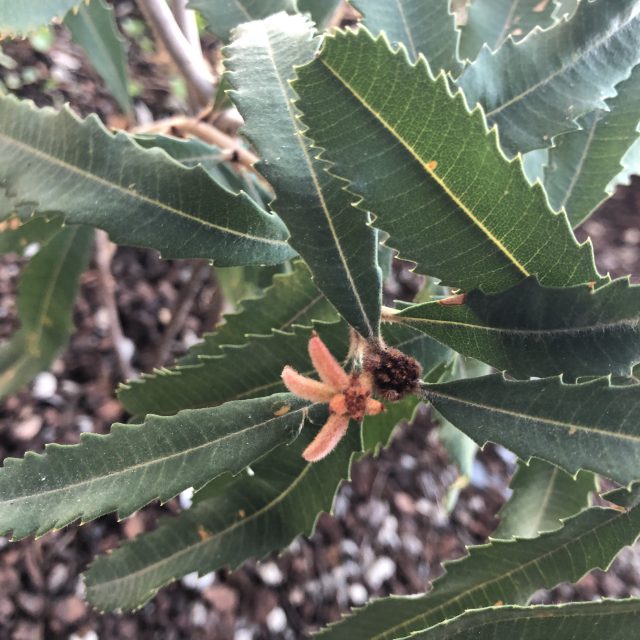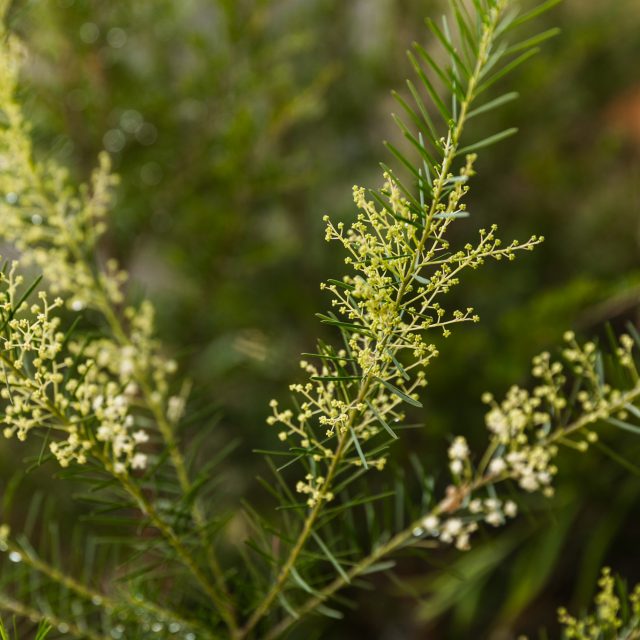Eucalyptus parramattensis
Common Name: Parramatta Red Gum
In Dharawal culture Eucalypts were classified into seven groups and the trees were interchangeable within the groups for their uses, some however were more potent than others or had extra properties. Eucalypt parramattensis is from the Smooth Bark Eucalypt Group (Mai’andowri) and has the same properties as Eucalyptus pulverulenta.
Transcript of Aunty Fran Bodkin explaining the uses of Eucalyptus pulverulenta:
Eucalyptus pulverulenta, you can recognise this tree by the rounded leaves but you can also recognise it by the pale grey of the leaves but if you wipe that grey off, you will find that the leaf is quite a dark green underneath. That grey is a very important part of that plant because that is manna, you know the manna of the Bible right? And how it fed the Israelites and all that, yeah in the desert. Well the pulverulenta produces manna, which is a really good food and you just lick it off. So there it is.
The gum is useful and you can soak it in water and it can be warm water particularly and it can be applied to burns, sores and wounds. It’s a really good antiseptic and we think that it also contains an antiviral element, but we’re not quite sure yet. It would act like a bandaid over the wound or the burn. The hardened gum, oh yes this is a good, good use of it.
Sometimes the tree exudes a sap that is dried and hardened, it’s like little crystals. You take the crystals and you ground them up to a powder and you keep them in a little pouch or something, doesn’t have to be waterproof or airpoof but you keep them in a little pouch and then when somebody hurts themselves you mix it with a bit of water and spread it over the wound again - when you haven’t got a Eucalypt around anywhere, then you’ve got this thing that you can carry. Most Eucalypts have that but the pulverulenta has an element which allows the healing to take place a lot easier and with less scarring.
The nectar was gathered by washing the flowers in water. You never pick the flowers, because it means that then you’d come back the next day and collect the nectar again but if you picked the flower it doesn’t produce nectar anymore and so you wash the flowers in water - spring water is the best, until the water is quite sweet to the taste and then you can take it - it has a very Eucalypt flavour to it and you take it for colds or hay fever, anything like that. It’s great for colds and that and when babies get the snuffles you give them a little dose of it.
However, what you can do is you can mix the sap with some of the leaves, put some of the leaves of the Acacia Myrtifolia in the sap and water and put other flavours into it if you want, put some of the nectar in or put a lot of the nectar in actually and then keep it in the coolamon or the wooden bowl and then hide it in a dark place. In the old days we used to hide it in a small cave, cover it but now days you just put it under the sink, it just works just as well. You find after about six or so weeks it turns into alcohol, so you’ve got a party! Which not only makes you happy but it also cures the cold.
The bark of it was made for the making of columns, shields that sort of thing. But that was kind of cruel to the tree you know, cos I am absolutely convinced that they feel pain. The gum, any, either the hardened gum or the fresh gum it could be mixed with water - hot water, allowed to cool, you used it to bathe sore eyes. Now one of the things that the Aboriginal people suffered from very badly was conjunctivitis and this would ease and then cure the conjunctivitis so that’s another use of the pulverulenta.
You mix the gum with warm water and it’s got to be water from the spring and not water from a pond or a pool or anything it has to be from a spring. You mix it with the spring water and you heat the spring water up and then mix it in and then you wait for it to cool because you can’t put it near your eyes while it’s still warm and then wait for it to cool and then you bathe your eyes with it.What you do with the liquid that you made, you allow it to cool and then you would cup it in your hand and place your hands over your eyes - you know put your head down, put your hands over your eyes and open your eyes and then do that several times and then wait a while and your eyes will get better or you might have to do it again then they certainly will get better.
When a kid had a cold or flu, pneumonia or any sort of breathing difficulty and it was a continuous thing, the juvenile leaves of the tree - now the juvenile leaves usually occur on the trees that are younger than seven years but you can also make them appear on a mature tree by hitting it on the bark of the trunk with the back of an axe and the juvenile leaves will come out and they’ll stay there for several years. What you did was you dug a pit, a small pit and you lit a fire in it, allow the fire to die down, cover the warm or the hot embers with the leaves and the kid would sit at the - the kid who had asthma or severe asthma or a bad cold or pneumonia or anything like that - would sit or lay at the edge of that pit and breath in the vapours and it would ease the asthma until you know if you left the kid there long enough it would ease, sort of stop the asthma and make breathing so much easier. But that’s when you have a serious case of asthma that can’t be cured by rubbing the leaves and breathing the vapour in.
Sometimes you get little crystals of the bark exudate, sort of hanging onto the bark and you recognise them, they’re like little red crystals.
If you have a hole in a tooth that is aching, you get one of those little crystals of an appropriate size and stick in the tooth and it stops the pain.
And the other thing too is if you gather up the crystals and somebody hurts themselves severely or has a spear wound or something like that, you gather the little crystals up and you sort of powdered them and sprinkle them into the wound, it would stop the pain.
These trees are just wonderful! I don’t understand why people don’t grow them in their backyards and why foresters go out and cut the things down, because they are just so useful and this is about most of our gum trees. Our Eucalypts, and that is they all have, exude a vapour which actually repels the anopheles and the aede mosquitos; the two mosquitoes that carry diseases. One carries malaria and the other one, they’ve discovered in Africa actually carries the ebola virus and they’ve planted a whole lot of Eucalypts over in Africa now and it actually starts to destroy the mosquitoes themselves. And we cut them down? Can you imagine what we are doing?
